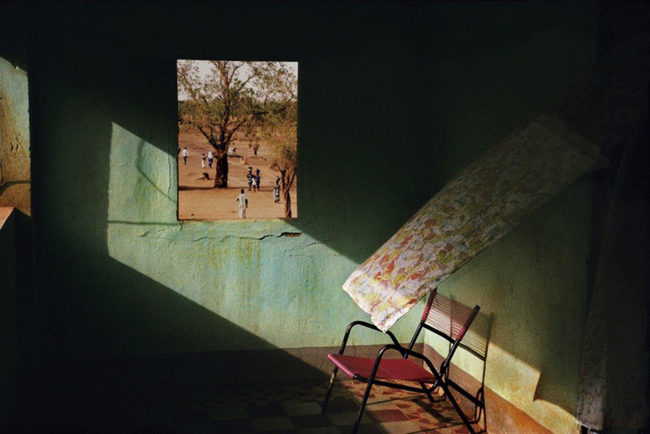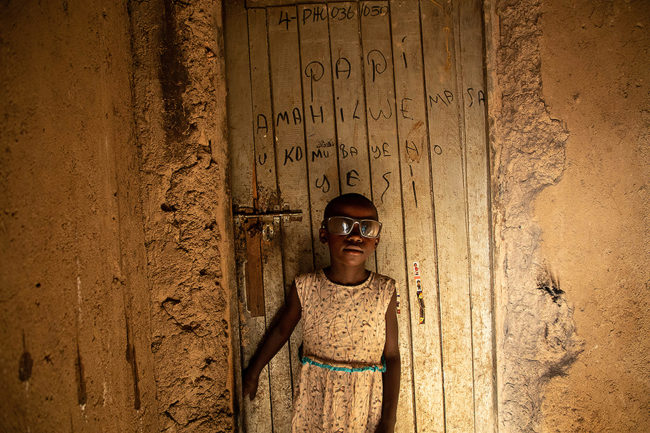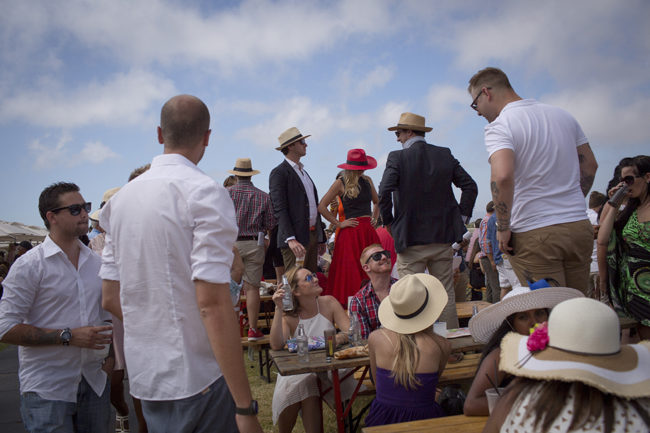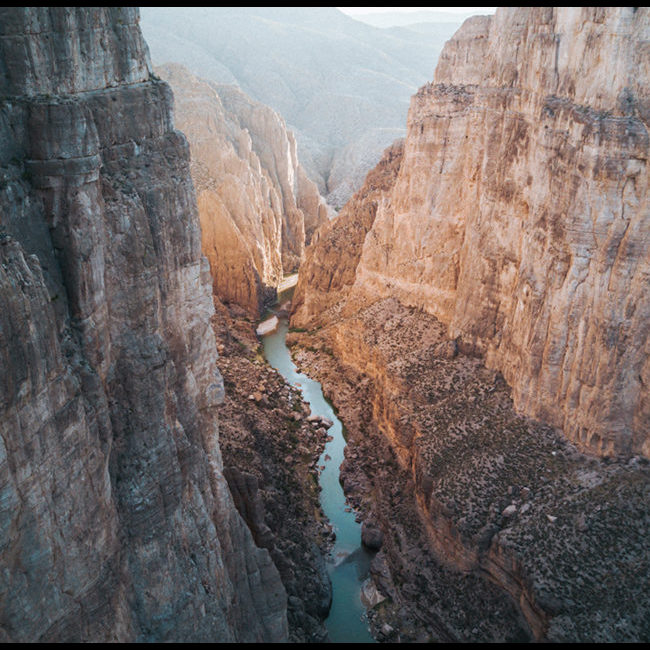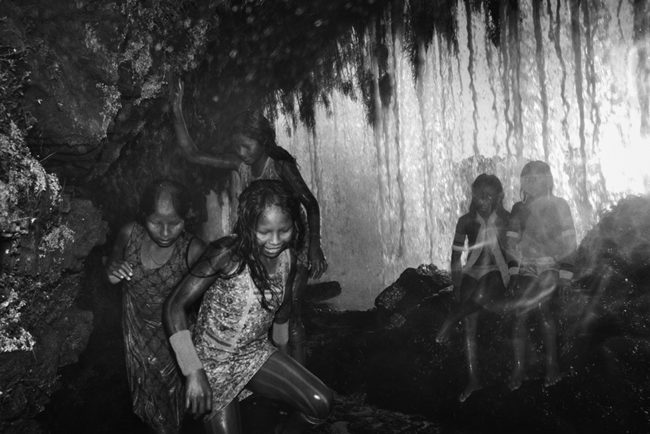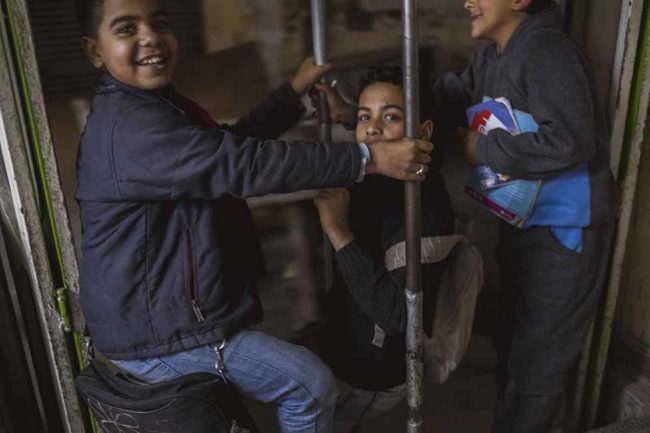In 2013, Paul Raphaelson read about the planned demolition and renovation of Domino’s Brooklyn Sugar Refinery, a massive complex on the East River that at one time processed more than half the sugar used in the United States. As a photographer with an interest in the urban landscape, Raphaelson felt a particular urgency about the buildings. As he writes in his new book Brooklyn’s Sweet Ruin: Relics and Stories of the Domino Sugar Refinery, published by Schiffer, photographing the refinery, “seemed like an opportunity—of what kind I didn’t know—about to slip away,” as the buildings were taken down and refurbished for a new life as luxury residential housing. After six months of negotiating, the building’s developers offered Raphaelson a day of access to photograph in August, which led to a book proposal and a week of access the following October.
Inside, Raphaelson found a “labyrinth of architecture and machines,” he writes, including complex systems of pipes, conveyor bridges, control panels and boilers, along with empty locker rooms and a supervisor’s office filled with open filing cabinets, all coated in peeling paint and layers of dust and sugar. Working with the vast geometries of the spaces “felt like a playground for…experiments in formal picture making,” he writes. His photographs record vast empty spaces and soaring views. But beyond the visual appeal of the place, “my stronger impression was of Domino’s haunting, both by shadows of its working days and by its looming erasure. These specters and I occupied a strange present, suspended between a coal-fired industrial past and a glass-walled residential future promised by the developers.” In an extensive essay by Matthew Postal, the book makes a concerted effort to present the long and sometimes troubled history of the refinery, as an industrial center, as part of the exploitative sugar trade with roots in slavery and colonialism, and later, at the turn of the last century, as the site of a 600 day strike, longest labor battle in New York’s history, which ended in a defeat for the union a few years before the plant closed in 2004.
In the book, Raphaelson also addresses photography and art’s longstanding interest in ruins. He writes that at least since Robert Smithson’s seminal 1967 essay “A Tour of the Monuments of Passaic, New Jersey,” ruins have been a popular subject for photographers. Over time, “The scope of ruin photography has expanded, spawning sub-genres such as war and disaster aftermath, urban blight, hospitals and asylums, amusement parks, ghost towns, and of course, factories,” he writes. The practice has also drawn criticism, especially from the people who live with ruins. By paying attention to the history of the Domino refinery and the stories of the people it was important to, Raphaelson hopes to avoid the pitfalls of portraying the place simply as relics to be esthetically enjoyed. He writes, “A question looms over the whole enterprise: Is there a clear path by which photographers of fresh ruins can avoid exploitation, or confront it, rather than serving as its agent? I’m in no position to answer authoritatively, but I’ll suggest that simply asking could be a welcome first step.”
Related Stories:
A Postal City in Transition
Sugar Bowl
How Journalist Maryam Omidi Surpassed her $19,000 Kickstarter Goal (for PDN subscribers; login required)

